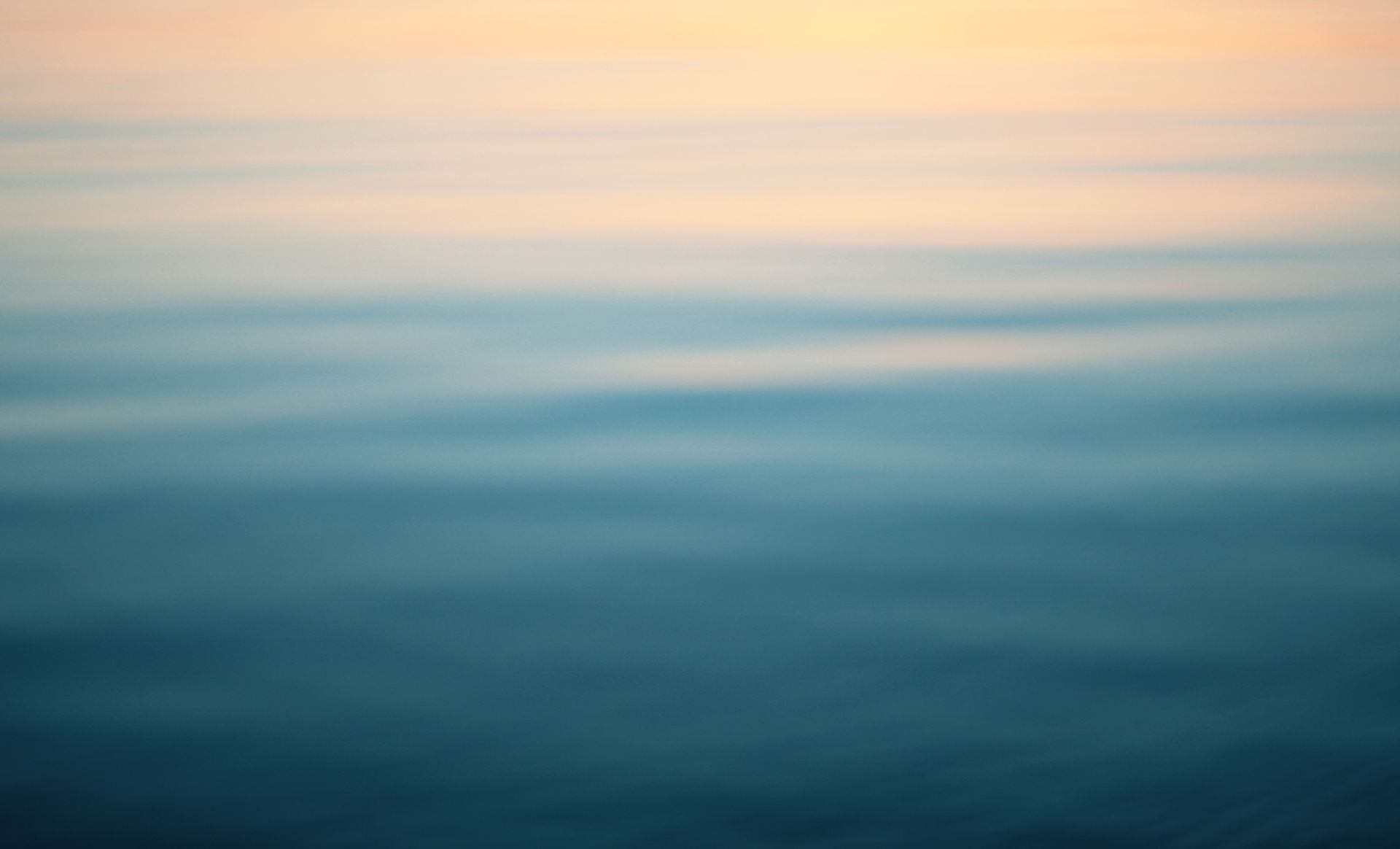Hot Stuff
- peterubba
- May 14, 2018
- 1 min read
Though over 300,000 years old and in a recent active period that began in 1983, Kilauea currently is in the news for a significant rise in its activity - lava flows from multiple fissures in the earth that are threatening life and property on the Big Island. Hawai'i is the last of the major islands in the Hawaiian Chain to sit over a hot spot in the Pacific Plate during the plate's very slow drift to the northwest. Kilauea was once thought to be a vent from nearby Mauna Loa volcano which also is active (in fact, the largest active volcano in the world). These photos are from a 2013 visit to Mauna Loa: a vent releasing gases, a lava vent from a decade before that is blocked, a lava flow also from the early 2000s that closed a road (showing signs of regrowth), and the inside of a very much older hollow lava dike or sill open to tourists (about 100 yards long). Neither Kilauea nor Mauna Loa have the idealized cone shape (e.g., Mount St. Helens). They are very broad mounds, comprised of thousands of cubic miles of volcanic rock and ash. Mauna Loa adds acres of land to the island's south side each month by pouring lava into the Pacific Ocean. Cruse ships purposefully sail around the southern side of the Hawai'i at night so passengers can see the glow of hot lava pouring into the ocean.



























Comments